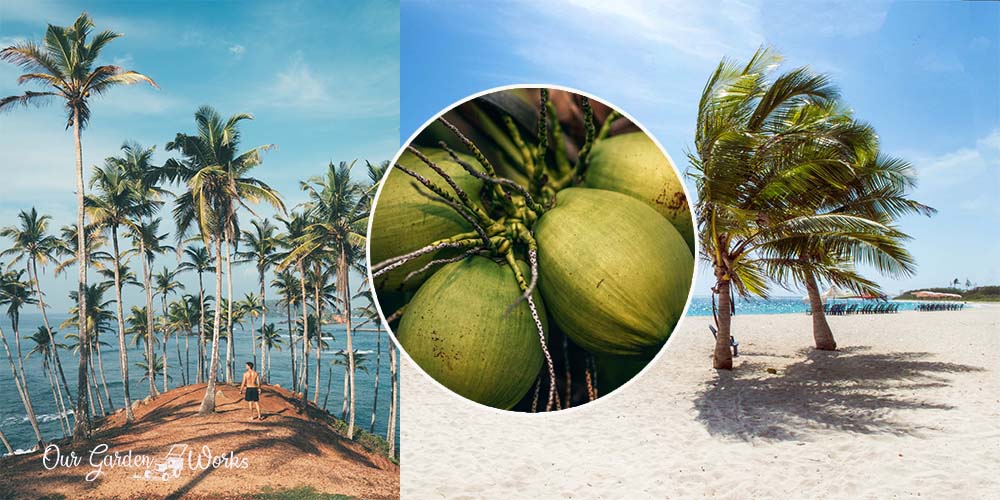All palm trees have the same features: majestic fronds and foliage, slender trunks with no branches, and a small canopy.
Their almost similar look makes it easy for anyone to think that all palms also produce the same fruit. This got some people thinking, do all palm trees produce coconuts?
In this post, we will introduce you to the world of palm trees and share the different characteristics that make each variety unique.
If you live in the subtropical parts of the US, we will also share how you can grow coconuts in your yard so you can enjoy fresh coconuts right at your doorstep.
Q: Do all palm trees produce coconuts?
All coconut trees are palm trees but not all palm trees produce coconuts. Coconut palm or Cocos nucifera is the only palm variety that produces coconuts.
It may share a lot of features with other palms in the palm tree family (Arecaceae) but it is the only one capable of bearing a drupe which is what we call coconuts.
The palm family where coconut belongs has sub-classifications depending on plant type.
These categories help group palms based on their growing behavior like climbing, shrub, and tree palm varieties and unique features. The 6 subfamilies are as follows:
(1) Coryphoideae: The second largest and among the most diverse subfamilies under Arecaceae.
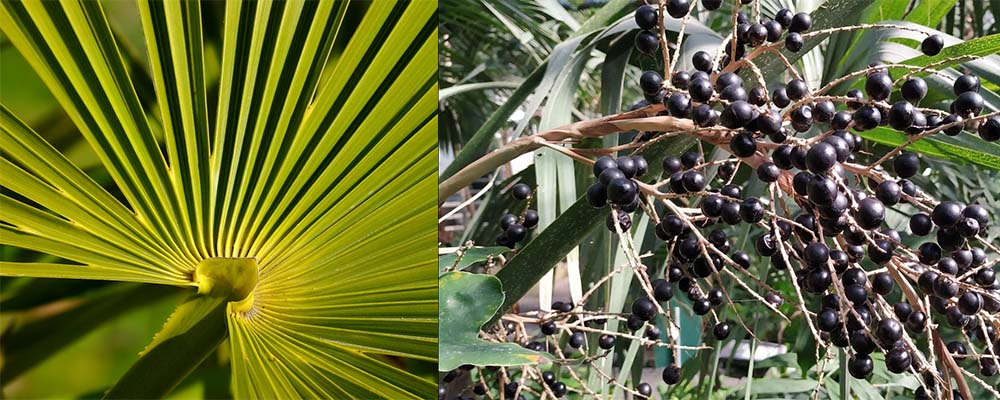
Palms under this family have lobed palmate leaves. They have solitary flowers with 3 to 4 reproductive organs.
Popular palms under this group are the Sabal or cabbage palm in Florida and the Phoenix palm in Texas which produce edible berry-like fruits.
(2) Calamoideae: This palm subfamily consists of climbing palms with hooks and barbs like rattan palms.
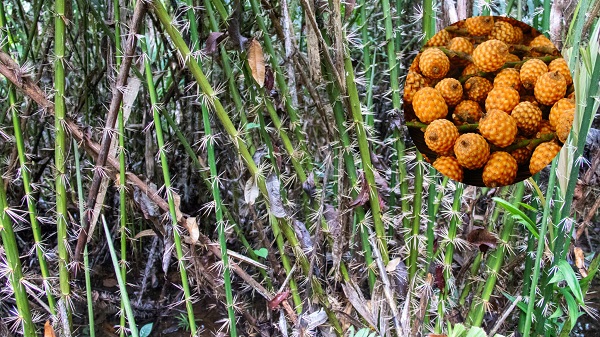
Species under this group have pinnate leaves with fruits that have overlapping scales. The heart and fruits of rattan palms are edible but not all members of the Calamoideae family have edible parts.
(3) Nypoideae: The family with only one member which is the Nypa fruticans or nipa palm. It is a palm but it has a unique growing habit where it grows its trunk underground and only shows its crown and leaves above the ground.
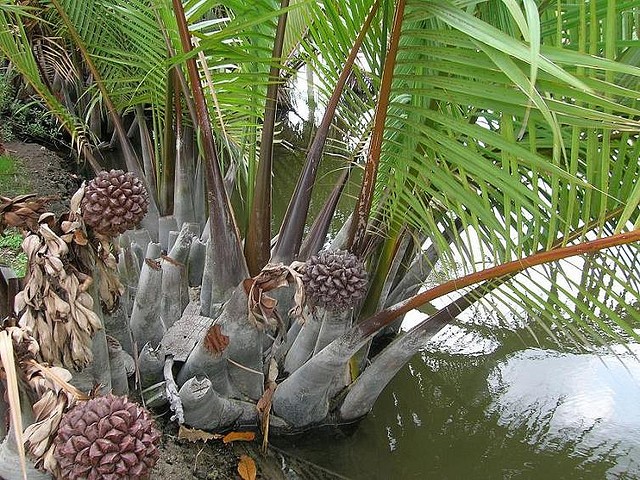
Nipa palm is also the only palm that has a mangrove biome and can grow along coastlines and riverbanks. It has edible fruits with flesh that’s very tiny.
(4) Ceroxyloideae: This palm subfamily has the tallest palm species with slender trunks with a group that contains crown shafts while some have none. It is a native palm in the US and usually grows in the southern states of the country.

(5) Arecoideae: This is the palm subfamily where the coconut belongs. It is the biggest and most diverse palm subfamily with over 100 species.
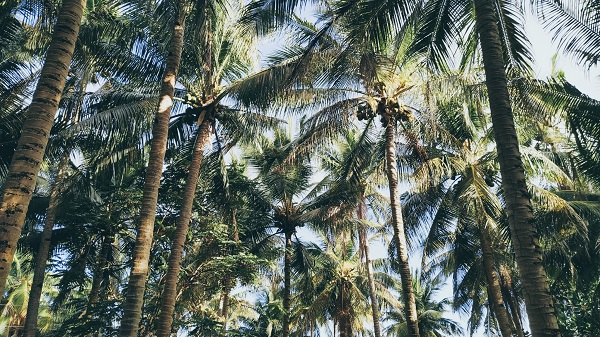
Members of this group have pinnate leaves. They are commercially grown in tropical countries and subtropical regions of the US.
Arecoid palms consist of economically important palm species that are sources of coconut products in our food, cosmetics, furniture, and gardening. These include:
- Oil palm (Elaeis guineensis).
- Coconut (Cocos nucifera).
- Betel nut palm (Areca catechu).
- Peach palm (Bactris gasipaes).
- Dypsis lutescens.
- Howea forsteriana.
- Roystonea regia.
(6) Phytelephantoideae: A palm subfamily that has both female and male reproductive organs in one plant.
Palm species under this group have distinct flowers that grow upward from a single source. Their flowers have more than three parts which is unusual for palms and the fruits have many seeds and parts.
Did You Know? The sago palm is not a real palm but a member of the cycad family. They are only similar to palms because they’re both vascular and seed plants. Other than that, they’re different plant species.
The palm varieties above might have blown your mind since some have features far from the palms we used to have in mind.
However, fruiting palms with exotic and unique fruiting qualities, like coconuts, are quite picky with their environment and only grow in certain regions in the US, such as:
- California.
- Arizona.
- Texas.
- Alabama.
- Florida.
- Hawaii.
- Puerto Rico.
- Guam American Samoa.
- U.S. Virgin Islands.
If you live in any of the locations above, learn more about the features of coconuts and their growing process below.
The coconut palm a.k.a The Tree of Life
The coconut palm or Cocos nucifera is a tropical tree that grows in coastal areas in tropical regions. It grows best in sandy soil close to where there is an abundant flow of groundwater and an adequate amount of rainfall.
Palms require high humidity to thrive with temperatures around 80℉ and above. If you live in a warm region, you have a high chance of growing palms as indoor and outdoor plants or trees.
However, if you specifically want to grow coconuts, you have to be in US Hardiness Zones 10, 11, and 12.
Features of coconut palm
Coconut trees have slender branchless trunks, ringed barks, overlaying fronds with pinnate leaves, and shallow but widespread roots. They have a lifespan of 60 to 80 years and can withstand the strongest winds and hurricanes.
Here are some interesting features of coconut trees that you should know before growing them:
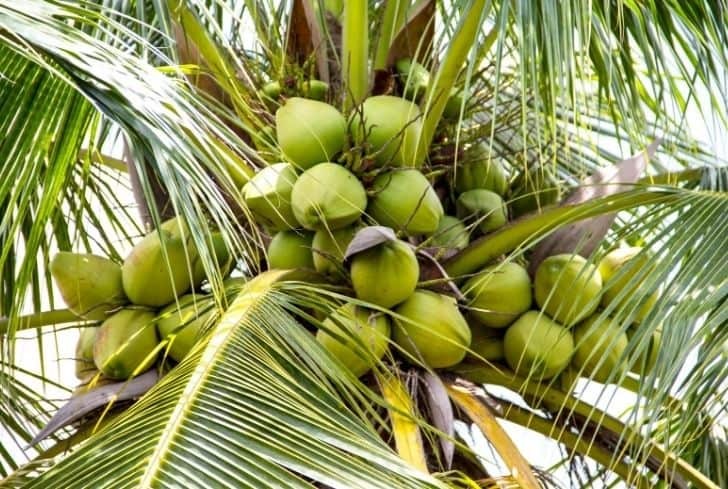
It can produce coconuts in 5 to 10 years
Coconut trees can produce up to 180 coconuts in their peak production. However, you have to wait for about 5 to 10 years before a flower develops a seed.
Once the tree is in its 15th to 20th year, it will be generously producing more than a hundred coconuts every year.
Coconut trees grown from seed may require a little patience but it’s well worth it once they start growing bunches of coconuts.
Coconuts take one year to ripen
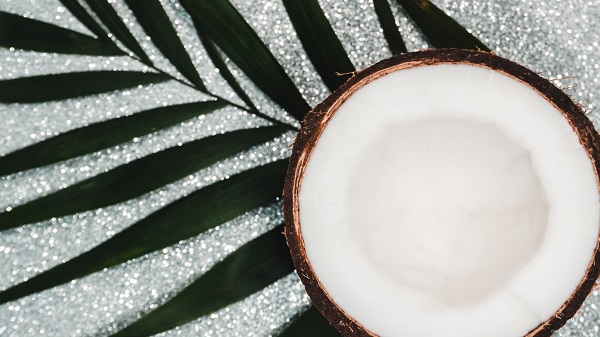
Coconuts take a longer time to fully mature. However, you can pick them early depending on the purpose you want from the fruits.
Young coconuts have green husks with thin and soft white shells. They have an underdeveloped outer shell which makes it easier to reach the inner flesh. They also have abundant coconut water rich in electrolytes.
Young coconuts harvested for the coconut water are ready to pick at 6 to 7 months. Mature coconuts, on the other hand, have thicker flesh, less water, and thicker outer shells. They are ready for harvest in around one year.
Mature coconut flesh is used as shredded coconut meat for salads and oatmeals and to extract coconut milk.
Coconut trees can grow up to 80 feet

Coconut trees are tall and majestic. They can reach a maximum height of 60 to 80 feet with fronds that span 12 to 15 feet. It has a skinny trunk that allows them to sway its way through strong winds and not break.
The fronds follow the direction of the wind which allows them to survive the strongest of storms.
All parts of the coconut palm tree are useful
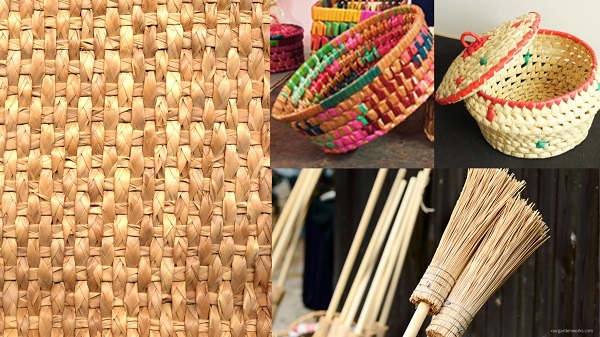
All parts of a coconut tree from its roots to its leaves are useful. It is the reason why it is called the Tree of Life because every inch matters to our daily human life.
Here are the products derived from each party for a coconut tree:
- Coconut tree leaves: Coconut leaves are dried and used to weave baskets, hats, skewers, and shade.
- Midribs: The midribs of the leaves are used for broomsticks and their fibers are ideal for making ropes. In some cases, the midribs are also used for canes and trellis for vining plants.
- Trunk: The trunk is processed as coco lumber which is an affordable alternative to hardwood.
- Coconut meat: Everyone loves sweet and soft coconut meat. It is used for salad, breakfast meals, smoothies, and for producing coconut milk. The dried white coconut meat or copra is used to extract coconut or lauric oil used for cooking and medicine.
- Coconut water: Coconut water or nature’s sports drink is rich in electrolytes, antibacterial properties, and other health benefits.
- Coconut husk: The coconut husks are used for making fire, soil amendment, and potting medium for orchids. Coco peat added to potting soil is also derived from coconut husks.
- Coconut shells: The hard coconut shells are repurposed as bowls and ladles. They are also used as charcoal and are powdered to make incense and mosquito coils. The extract from coconut shells is also used to make a resin that is used for plywood making. They are also sourced to use for biofuel.
- Coconut tree roots: The roots of coconut trees are used as a medicinal tea for gallbladder and kidney problems. It is also an excellent cure for fever.
How to grow coconut trees
If you have the patience and love that it takes to grow a coconut tree, here are the growing requirements you need to know:
(1) Area size: A coconut tree requires a 20-feet distance from other trees. It grows roots that slowly crawl underground in search of water and food. There should also be ample space for the tree to receive direct sunlight.
For container coconut trees, young seedlings will need a 3-gallon pot. Once the tree starts to grow, it needs to be transplanted into a 10 to 20-gallon pot or container. Unlike outdoor coconut trees, container coconut palms live short which is around 5 to 8 years.
(2) Temperature: Coconut trees need warm temperatures, ranging from 70℉ to 80℉. They are very cold-sensitive and can show signs of injury when exposed to a brief drop in temperature.
(3) Soil quality: Coconut trees need a slightly acidic to neutral soil pH level. The soil also needs to be well-draining and adding sand and other soil-draining components can improve its overall health. The soil should be rich in nitrogen, phosphorus, potassium, magnesium, and boron for better root development.
(4) Sun exposure: Indoor and outdoor coconut trees need direct sunlight for 6 to 8 hours every day. They don’t tolerate shade well so make sure to place them in locations where they can receive direct and unblocked sunlight no matter how intense it gets.
(5) Watering: Coconut trees are the thirsty type of trees. They need 20 to 30 gallons of water if they are pushed for fruiting. In their natural habitat, they quench their thirst through the underground sea water and frequent rains.
Indoor coconut trees require less and should only be watered when half of the soil has dried out. Make sure that the soil is well-draining to avoid the roots from being waterlogged.
(6) Fertilization: Growing coconut trees are heavy feeders. They require 10-10-10 all-purpose fertilizers and extra nutrients like boron and magnesium. The bigger they get, the more fertilizer they need to sustain their fruit development.
Here’s a fertilization chart for coconut trees from seedling to their fruiting stage.
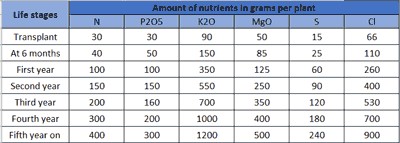
Final Thoughts
Palm trees are the tropical landscape’s key element. Their graceful fronds, bendy trunks, and colorful fruits can turn any yard into a tropical paradise. However, not all palm trees can produce coconuts and only Cocos Nucifera can do it.
When your kid asks you the question, do all palm trees produce coconuts, we hope you’ll remember this post and introduce them to the wide range of palm varieties we have today. The good news is other palm varieties also produce edible fruits that are also sweet like coconut.
Due to their temperature preference and growing requirements, information about palms are very limited. Despite its region-specific growth, coconut remains among the most commercially used fruit around the globe.
Share this post with your friends and introduce them to the bountiful journey of growing coconuts.
Do you enjoy eating coconuts or do you just love the ambiance that palm varieties give? Let us know your thoughts in the comments!
